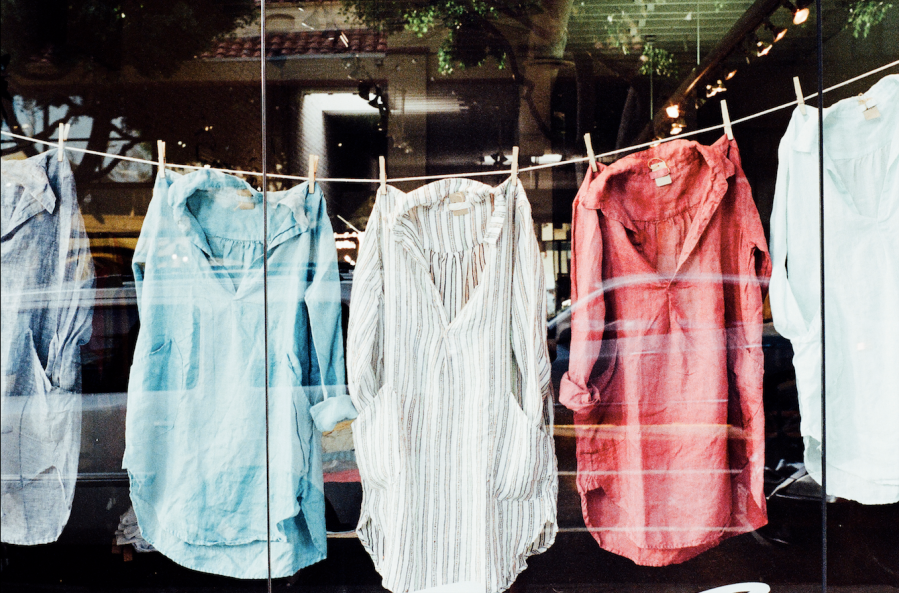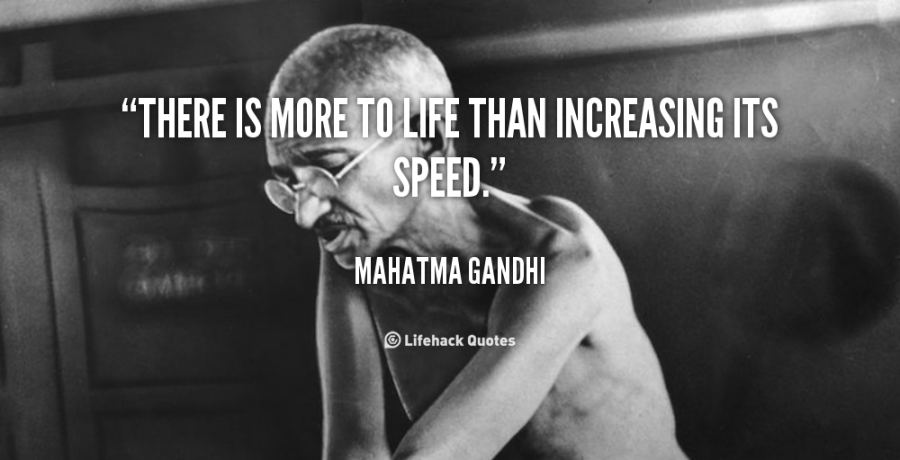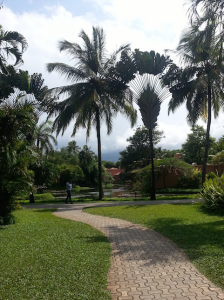Today is a great day in the history of environmental activism and non-violence. The much protested final segment of the Dakota Access Pipeline has been halted by the US Army Corp of Engineers.
To rewind a little bit, the DAPL is a 1,172 mile long underground oil pipeline project by Energy Partners, that connects North Dakota, across South Dakota all the way to Illinois. The final segment involved a path a path under Lake Oahe, a sacred burial site to the Standing Rock Sioux and a source of community drinking water.
Since the spring of 2016, thousands of people have gathered to protest the construction of the pipeline under Lake Oahe, in fear of contamination of their drinking water source. The protest saw representation by various Native Indian tribes and non-Indians marking it as one of the largest non-violent protests in the history of the United States. What could very well have been contained by military brute force, snowballed into a momentous victory of unarmed resistance in the face of capitalist greed and environmental nonchalance.
And the work is far from over. But at least it has begun. This is an alarm bell for all us dormant environmental well wishers, do-gooders and activists.
I started following the DAPL protests around the same time I was researching the coastal SEZs approved in Telangana and its impact on the fishing villages surrounding it.The villagers have already seen a 60% drop in catch which results in them having to venture further into the ocean, consuming more diesel. These generational fishing villages are now left with utter scarcity in terms of livelihoods and sustenance. And to make things worse, the ground water quality index reports poor ground water quality. Surprise Surprise!
It made my blood boil to read excerpts from a human rights forum (which unfortunately doesn’t exist anymore, strange I know) that demonstrated how the villagers were suppressed/threatened during public hearings before the sanction of the project. Steps involved :
- The land is procured from farmers at a fee of INR 2.95 lakh per acre
- Owing to inheritance and other factors, familial land has been getting divvied up leaving many farmers with somewhere close to an acre of land.
- So 3 lacs compensation is a far cry for something that you depended on for subsistence right?
- Now the land is sold to companies for quite cheap, with also heavy tax rebates for a period of 10 years
- Then a supposedly neutral agency will conduct the environmental impact assessment stating that the SEZ (all conditions adhered to) will not be detrimental to the environment, no catch will be reduced and no, the ground water will be safe.
- When the incentives are stacked in your favor, what is the motivation to :
- Do everything in your right minds to ensure effluents are treated before discharge?
- Make sure you don’t pollute ground water tables?
- My Guess is its not strong enough. Who pays the price? – the displaced people and the coastal ecosystem. Pretty soon, everyone who ingests fish too.
- Can all companies adhere to the same set of standards? Doesn’t how much they can invest in treatment technology link to their P&L ?
Coasts are some of the most fragile and diverse ecosystems there are and we are looking at constructing big fat industries that can discharge directly into the oceans. This will destroy livelihoods of communities along the coast, who will then need to be rehabilitated by the corporates who decide to set up factories in the SEZ. But how can they absorb everyone?
Secondly and Thirdly, Climate Change !
In my country the concept of ‘smart’ cities sound more like short term quick win sure shot death penalty procedures. And its time a lot of us learned a lot more about our vicinities, our climate patterns, our water bodies and all the very things we have taken for granted.
But Today is a good day. Because people can bring positive change when they stand together.




 Source : National Geographic
Source : National Geographic




